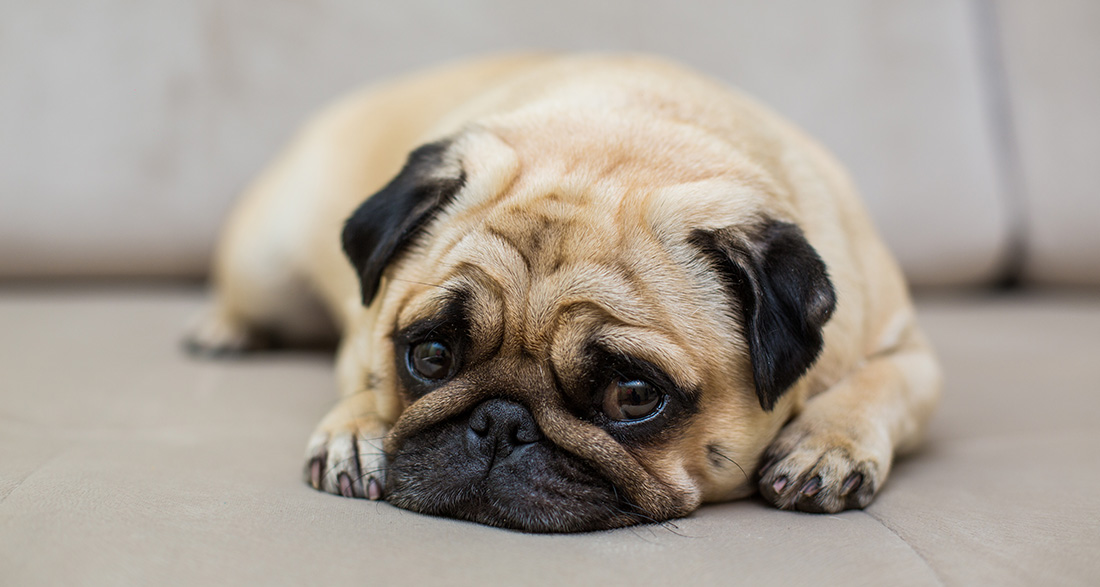When one buys a dog, the usual inclination is to choose the cutest one, right? Would you still choose your beloved pet or even allow it to be bred if you knew the suffering it entails? Certainly not, right? But that is precisely what happens in the case of torture breeding of dogs.
The pursuit of beauty comes at a cost: They may look adorable, but it is known that they endure a lot for this appearance.
And although it is known that some dog breeds suffer due to their flat snouts and wrinkled skin folds, they continue to be bred. The demand is there.
However, this doesn’t only apply to the poster examples like Pugs and Bulldogs. Other breeds also endure a lot for their popularity.
iHugDogs explains what torture breeding in dogs looks like, how it manifests, and which dogs are affected, as well as what can be done against it.
What is Torture Breeding of Dogs?
Torture breeding involves breeding and mating animals despite or even because of certain popular but pathological features. The breeding goal is, therefore, to achieve a specific ideal without regard for hereditary diseases or damage.
Not all bred defects are visible or recognizably pathological, making it challenging for buyers to identify the problem.
According to the Animal Welfare Act, the explicit breeding of animals with hereditary traits that lead to suffering is prohibited in the United States. However, it is not explicitly stated when a particular feature is considered torture breeding.
Causes of Torture Breeding
It may sound sad, but there are trends even when it comes to dogs. To meet the demand and make a profit, dogs are bred without regard for their well-being. For some breeders, sales and success in terms of the appearance of the animals seem more important than the health of the quadrupeds.
Additionally, the ignorance of buyers and breeders is often responsible. While many are aware, for example, that Pugs or Bulldogs snore or breathe heavily, they may not be aware of the extent of these issues.
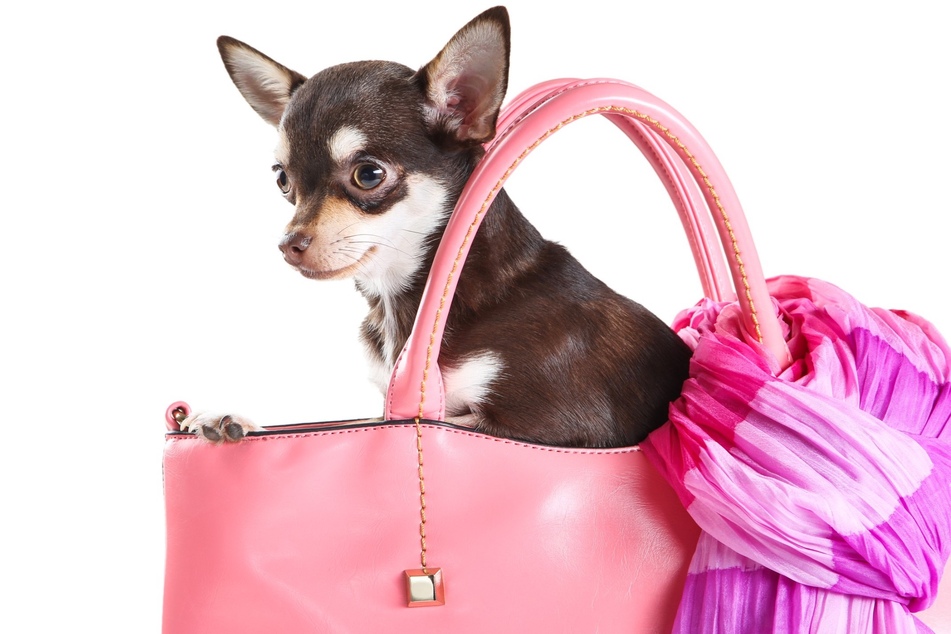
Consequences for Dogs
The consequence of torture breeding is that the general health of the animals is significantly worse. Life expectancy is usually much shorter.
Due to pain and behavioral abnormalities, they require much more care and attention, as well as more frequent visits to the vet.
The resulting higher vet bills often lead to overwhelming the owners. When the animals are then surrendered to shelters, these shelters can become overloaded.
Which Dog Breeds are Often Affected by Torture Breeding?
Often, it is not an individual dog with the bred genetic defects, but the entire breed that exhibits the desired but health-endangering appearance.
However, this does not mean that every dog of a breed comes from torture breeding. Responsible breeders strictly pay attention to inherited diseases and potential genetic defects.
Nevertheless, breeds commonly affected by torture breeding include, but are not limited to:
- Australian Shepherd
- French Bulldog
- Chihuahua
- Pug
- Dachshund
- German Shepherd
- Rhodesian Ridgeback
- Shar Pei
- Hairless and Crested Dogs
- Teacup Dogs
Signs of Torture Breeding in Dogs
Torture Breeding is often characterized by attractive and sought-after features that are typically associated with health problems. The most common ones are presented below.
Blue Dog Syndrome
Silver or blue dogs are very popular, referring to gray to anthracite colorations. These are made possible by the dilution gene, which lightens the original color. However, these pigment alterations come with consequences.
Due to the gene, dogs are often immunocompromised and susceptible to infections. They often suffer from liver or kidney failure and gastrointestinal problems. Eczema, allergies, and hair loss are also not uncommon. Generally, their life expectancy is lower.
Breeds affected include, but are not limited to:
- Doberman
- Great Dane
- Greyhound
- Irish Setter
- Dachshund
- Chow-Chow
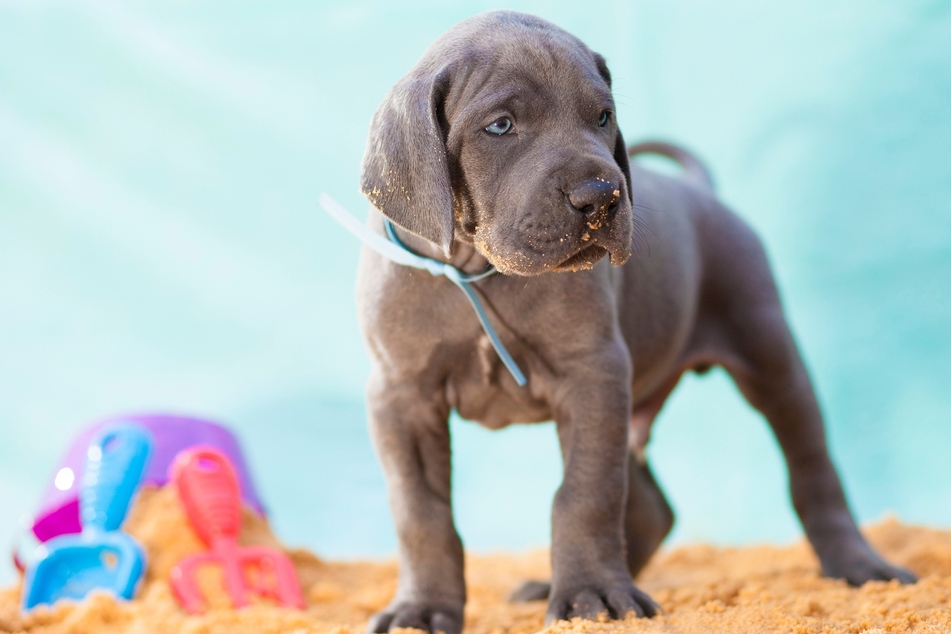
Spinal Shortening (Brachy- and Anuries)
In brachyuria (short-tailedness) or anuria (taillessness), the spine is significantly shortened. It can occur with or without deformities in the form of a corkscrew or bent tail.
Such deformities of the spine are often associated with malformations elsewhere, hindering spinal cord development. This, in turn, leads to neurological problems.
Breeds affected include, but are not limited to:
- Australian Shepherd
- Entlebucher Mountain Dog
- English and French Bulldog
- English Cocker Spaniel
- Pug
- Bobtail (Old English Sheepdog)
- Schipperke
- Welsh Corgi Pembroke
- Dachshund
- Rottweiler
Round Headedness (Brachycephaly)
The formation of a round skull to adhere to the coveted baby schema results in short muzzles due to shortened jaw and nose bones, leading to flat noses.
These can lead to brain tumors, respiratory difficulties and distress, issues with thermoregulation, and swallowing difficulties.
Also, births in breeding for suffering in dogs can be complicated or dangerous, as the head is too large for the mother’s birth canal, ending in a cesarean section.
Breeds affected include, but are not limited to:
- French Bulldog
- American Bulldog
- English Bulldog
- Pug
- Chihuahua
- Cavalier King Charles Spaniels
- Boston Terrier
- Boxer
- Mastiff
- Pekingese
- Shih Tzu
- Maltese
Dwarfism (Chondrodysplasia)
Chondrodysplasia is a form of dwarfism characterized by the shortening of tubular and facial bones, resulting in a condition known as short-leggedness in dogs.
This dwarfism typically leads to disc herniation, increased sensitivity to pain, and paralysis in dogs. Additionally, it can cause issues with bowel function.
Breeds affected include, but are not limited to:
Dermoid Sinus (Skin Pockets)
Another characteristic is the formation of skin pockets due to cyst formation on the back. These pockets can extend into the spinal canal, leading to hind leg paralysis. Other symptoms include heightened sensitivity to pain and inflammation in the central nervous system.
An affected breed includes:
- Rhodesian Ridgeback
Eye Diseases (Ectropion and Entropion)
Certain breeding practices also result in eye diseases. Ectropion is the rolling out of the lower eyelid, leading to incomplete lid closure, resulting in increased tear flow, conjunctivitis, and corneal changes.
Entropion, on the other hand, is the rolling in of the eyelid margins, leading to corneal and conjunctival irritation and inflammation.
Breeds affected by Ectropion include, but are not limited to:
- Basset Hound
- St. Bernard
- Bloodhound
- Bulldogs
- Cocker Spaniel
- Newfoundland
- Shar Pei
For Entropion, affected breeds include:
- Bull Terrier
- Chow Chow
- Poodle
- Rottweiler
- Bernese Mountain Dog
- Shar Pei
Hairlessness
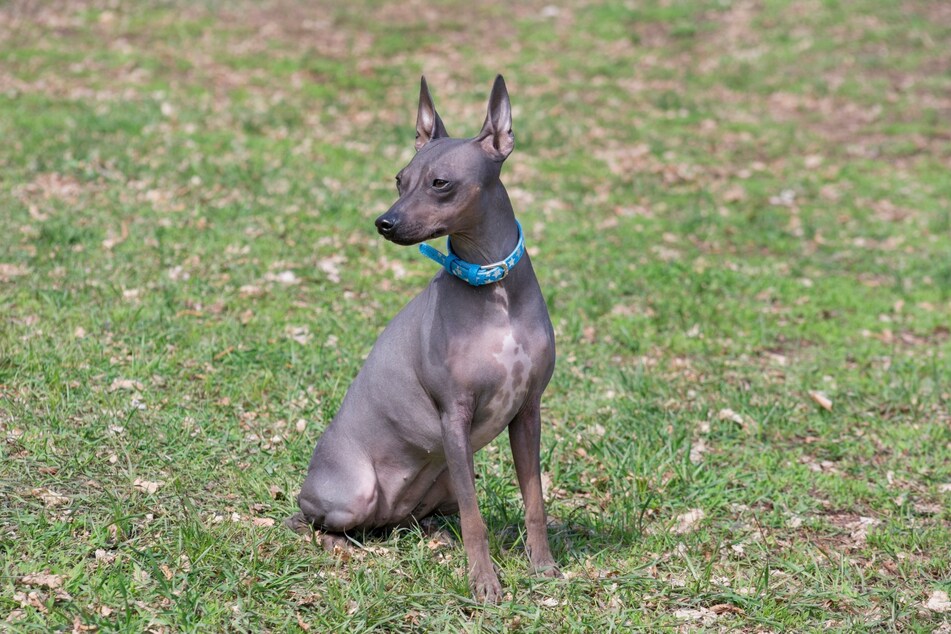
The bred hairlessness often comes with a weakened immune system. Further consequences include skin sensitivity, leading to sunburn, allergies, injuries, and susceptibility to fly infestations. Moreover, such dogs often struggle to adapt to climatic changes.
Affected breeds include:
- American Hairless Terrier
- Chinese Crested Dog
- Mexican Hairless Dog
- Peruvian Hairless Dog
Hip Dysplasia
Hip dysplasia involves inadequate development of the hip joints, resulting in joint instability, hip deformities, and painful lameness.
Breeds affected include, but are not limited to:
- German Shepherd
- Bernese Mountain Dog
- Golden Retriever
- Rottweiler
- Labrador Retriever
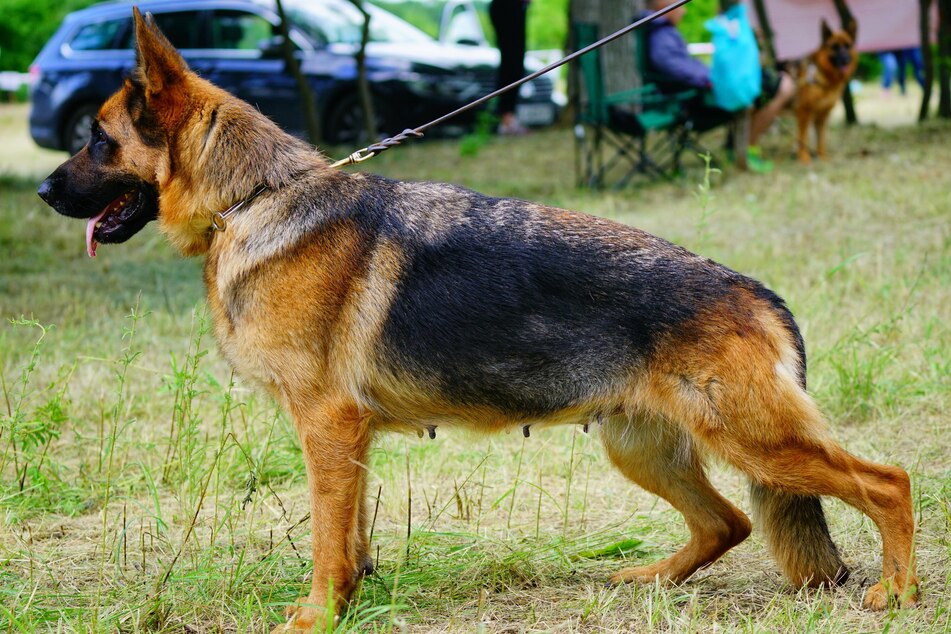
Idiopathic Mucinosis
Another characteristic is the extreme folding of the skin on the face and extremities, leading to redness and itching. Especially in short-faced dogs, overlapping skin can rub against the eyes, causing eye problems such as corneal irritation or even blindness.
An affected breed includes:
- Shar Pei
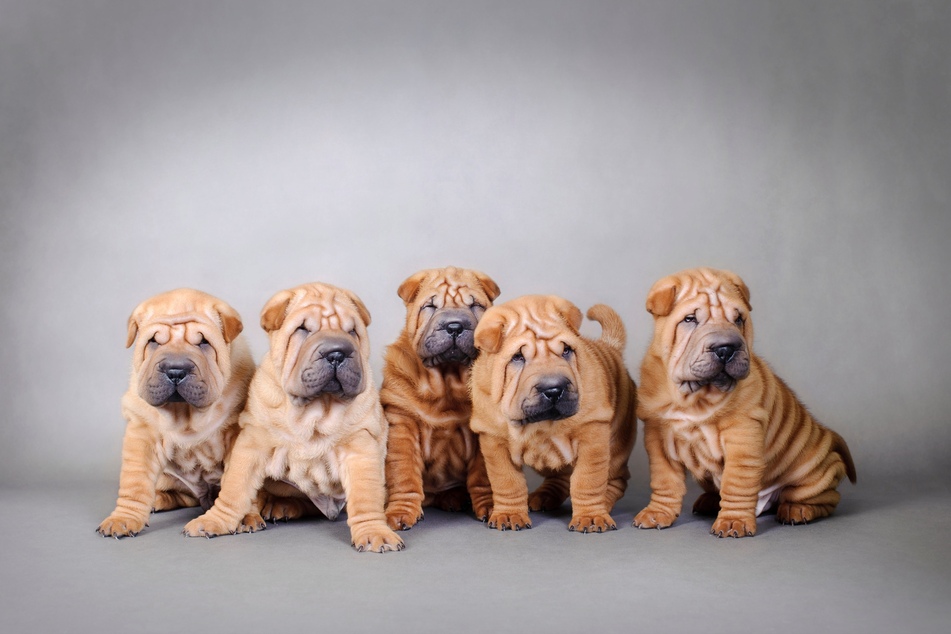
Merle Syndrome
The Merle coloration is popular in dogs, caused by a mutation that results in sporadic or absent occurrence of the pigment Eumelanin. This leads to a speckled lightening of the fur, which can sometimes be associated with health issues.
The Merle gene is problematic, especially when inherited from both parents. Double Merle dogs are more prone to blindness or deafness, are highly sensitive to the sun, and are more susceptible to skin cancer, often displaying skeletal deformities.
Breeds affected include:
- Australian Shepherd
- Collie
- Border Collie
- Dachshund
- French Bulldogs
- Chihuahuas
- Poodle
- Cocker Spaniel
- Beagle
- Labradors

Teacup Dogs
Still trending are small toy dogs, especially Teacup dogs that are small enough to fit into a teacup. The breeding of these fashion dogs involves pairing only the smallest and weakest. Unfortunately, they are not entirely trouble-free.
Due to their breeding, they often suffer from heart defects or bone fractures. Since they are carried around a lot due to their size and are deprived of contact with other dogs, they are never properly socialized. This often leads to behavioral problems in these otherwise cute little dogs.
Affected breeds include:
- Chihuahua
- Miniature Pinscher
- Yorkshire Terrier
- Toy Poodle
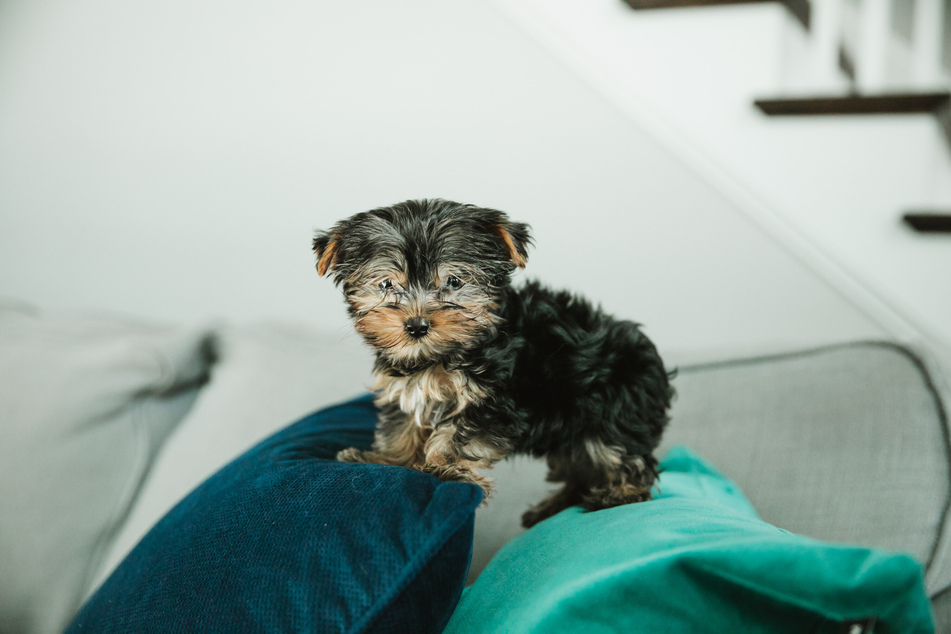
What can be done against torture breeding?
To avoid supporting torture breeding, attention should be paid to certain characteristics when purchasing a dog. If any of these signs are noticed, caution is advised, and the dog should not be purchased—even out of pity or if it’s the desired breed.
Additionally, there is a need for awareness among buyers and increased general consciousness. Animal rights activists also call for adjustments and specifications in laws.
Conclusion
Be vigilant when buying a puppy.
Not everything that looks good is good. Many dogs and even entire breeds suffer to look the way their owners desire.
One should be aware of torture breeding in dogs and pay attention to potential signs when making the next purchase.


